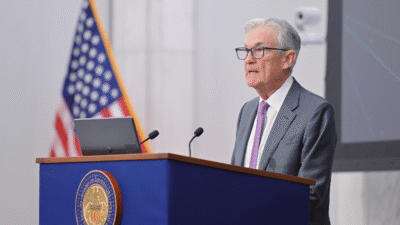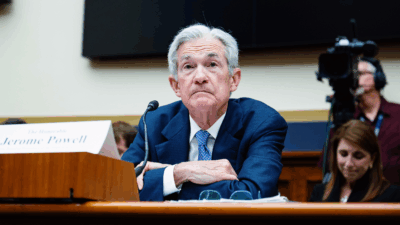
Sign up for smart news, insights, and analysis on the biggest financial stories of the day.
Big banks may be literally flush with cash, but the lower-level workers who keep them running? Not so much.
That could be starting to change. Joining a slew of major U.S. companies dangling a few extra dollars to attract and retain employees amid the pandemic, Bank of America announced yesterday it has raised its minimum wage from $20 to $21 an hour — and is on track to hit a previously-promised $25 an hour by 2025. That means its tellers, customer service reps, and other hourly employees are now taking home at least $43,680 a year.
Big Biz Bucks Up
Bank of America’s lowest-level workers now make nearly three times the federal minimum wage. In case you haven’t folded shirts or made lattes in a minute, that’s still $7.25, a figure set in 2009 that has declined 21% in value with inflation.
But with workers now a hot commodity after a Covid-induced exodus, many other big corporations are also scrambling to raise their rates:
- Target, Amazon, Wayfair, Costco, Disney World, Starbucks, Walmart, Chipotle and Under Armour, to name a few, have raised their minimum wages to at least $15, for at least some workers.
- BoA employees now out-earn their counterparts at both JP Morgan ($16.50 to $20 an hour depending on an area’s cost of living) and Wells Fargo ($15 to $20 an hour, depending on location).
Breaking the Bank: Even with its new benchmark, BoA is still behind the times. If the minimum wage had kept pace with economic productivity, experts say it would be nearly $26 an hour today. And in Charlotte, NC, where the bank is based, MIT’s Living Wage Calculator estimates that wages meeting “minimum standards of living” for an adult with one child should be nearly $31 an hour. In New York City, where the bank also has headquarters, it’s almost $39 an hour.











